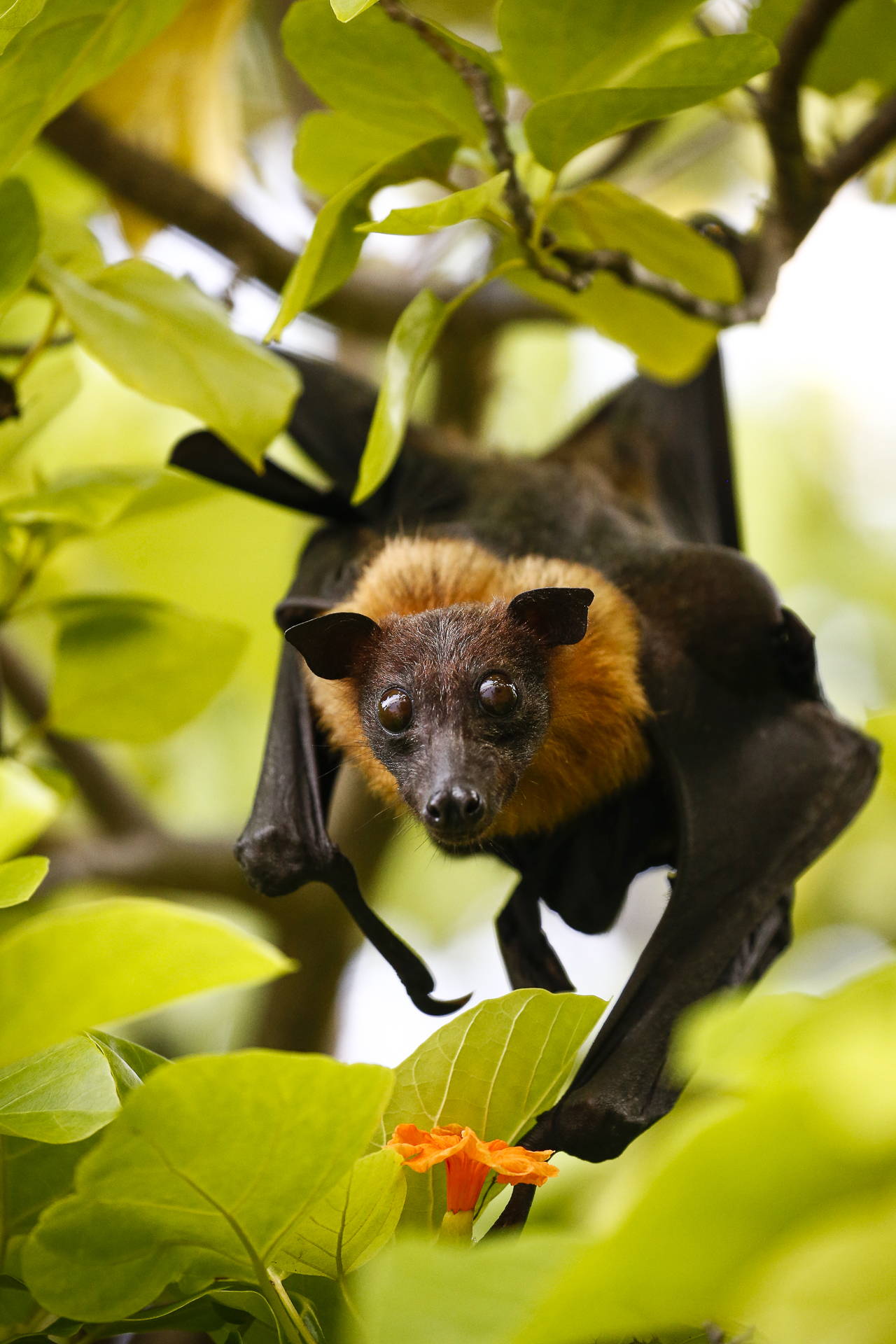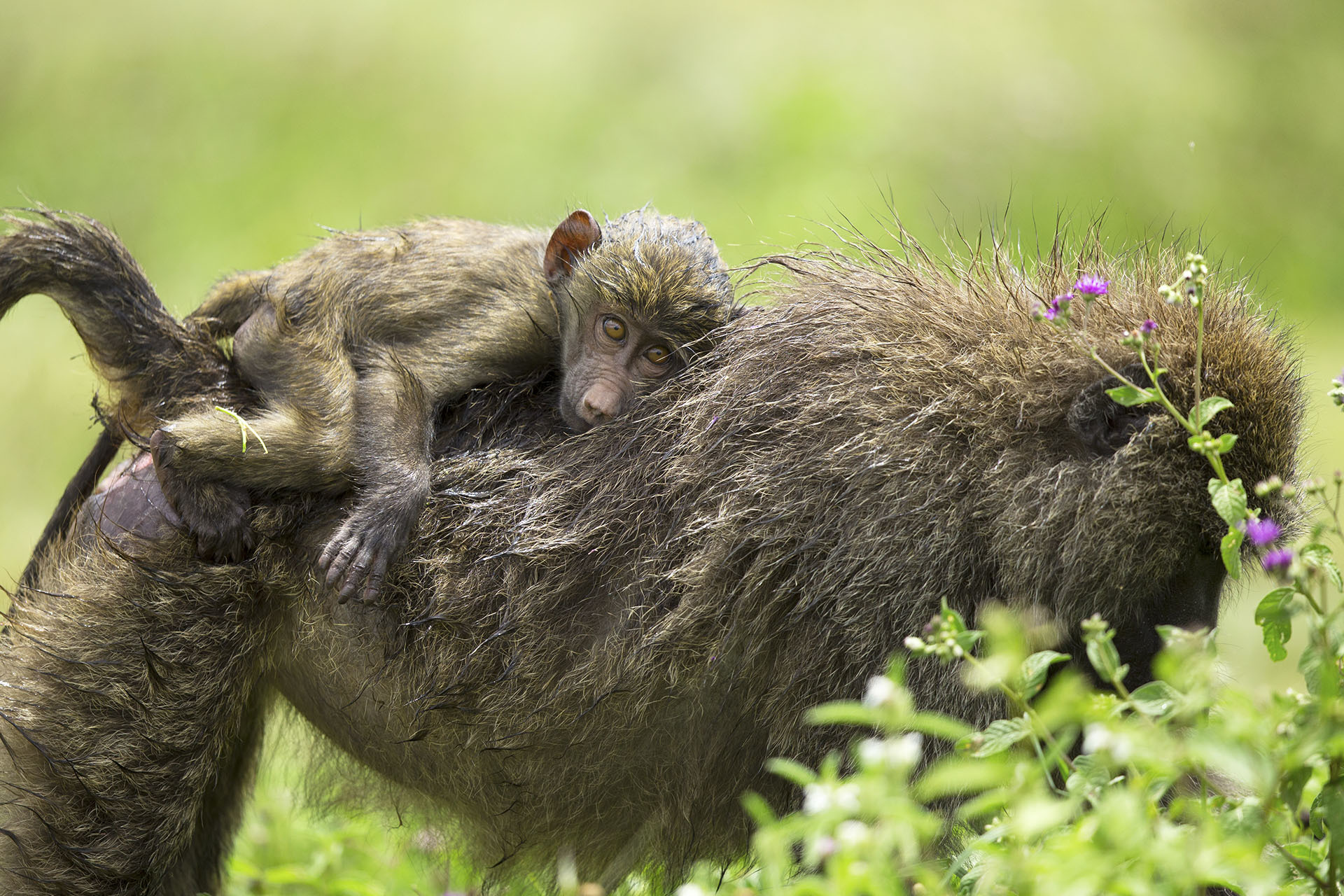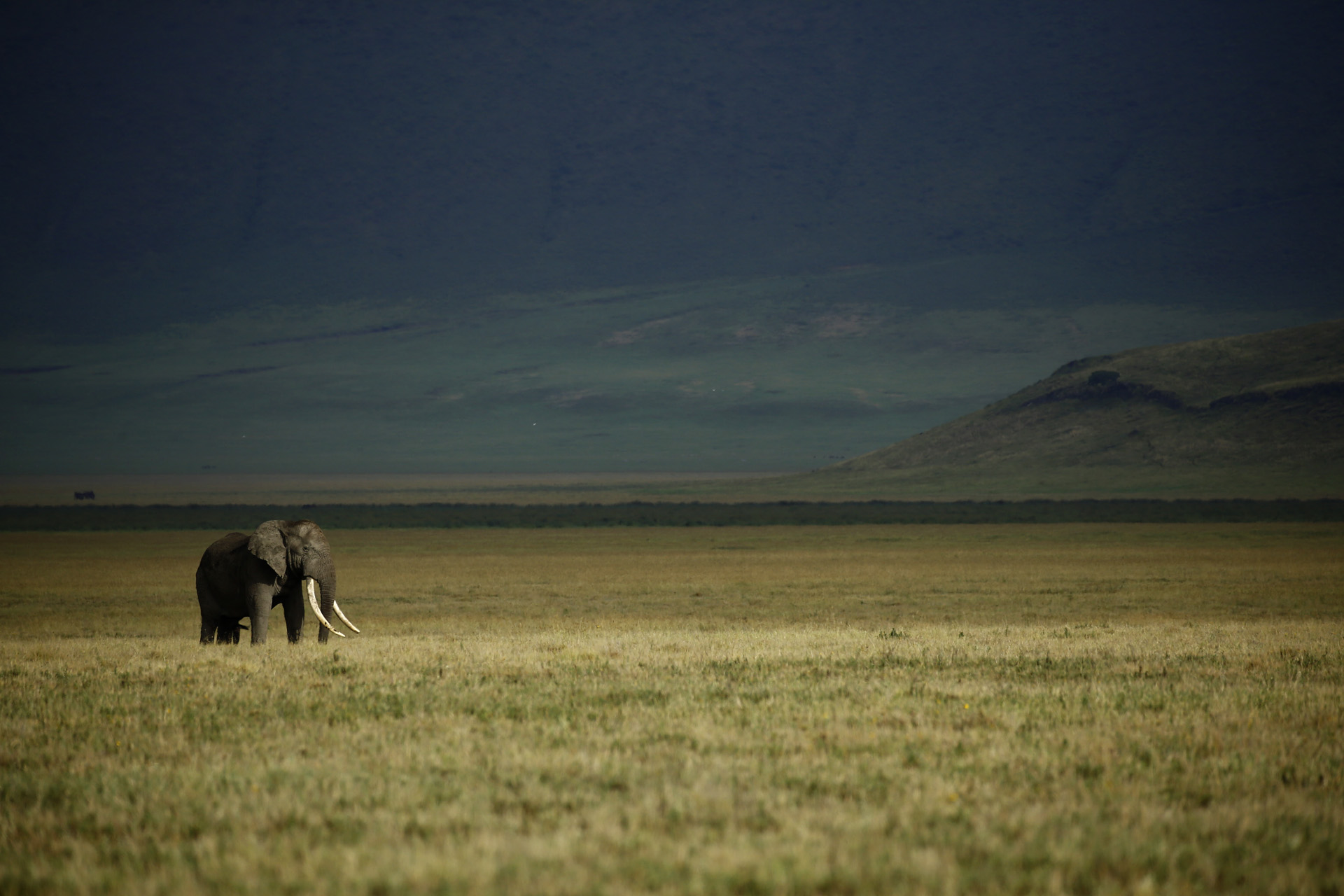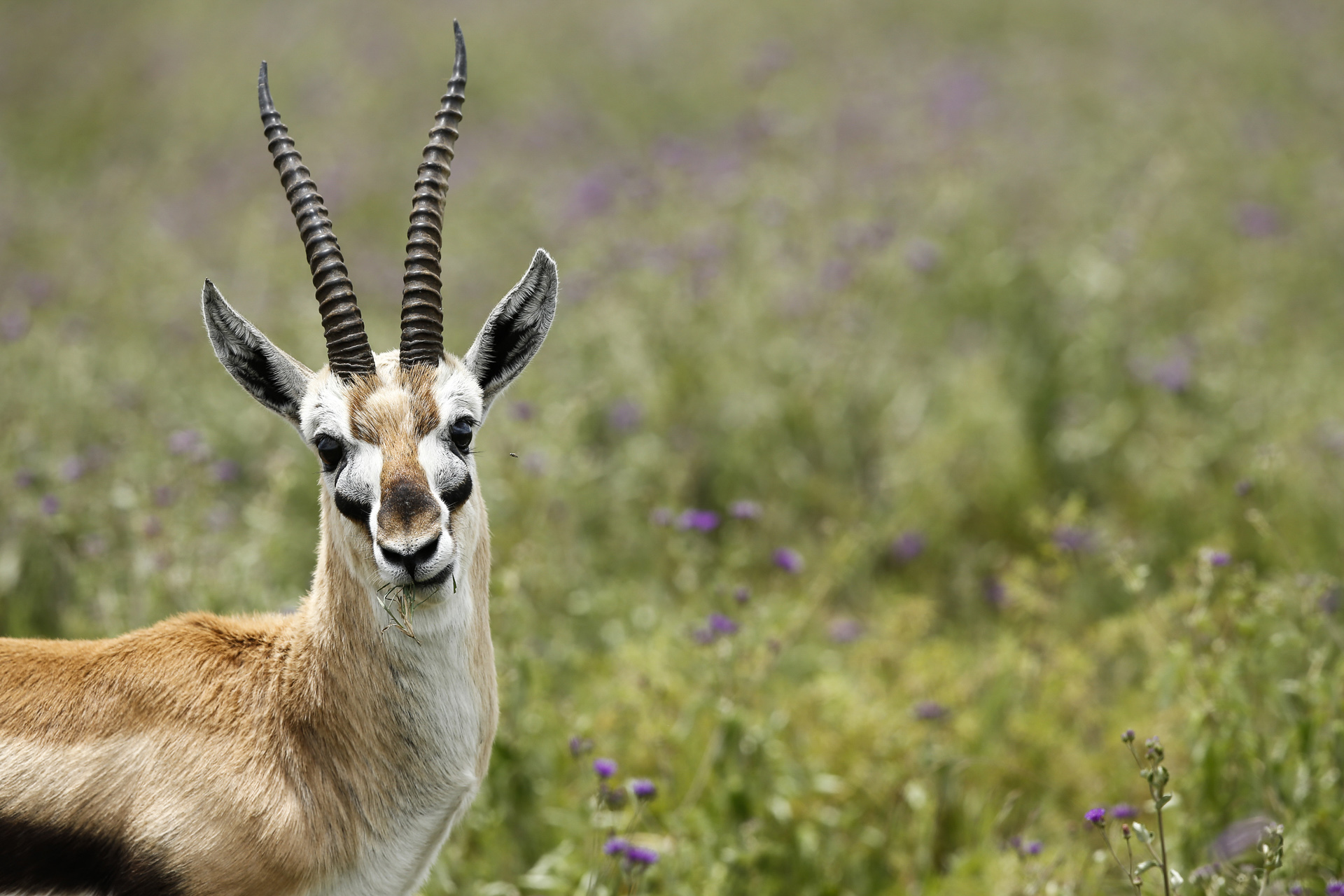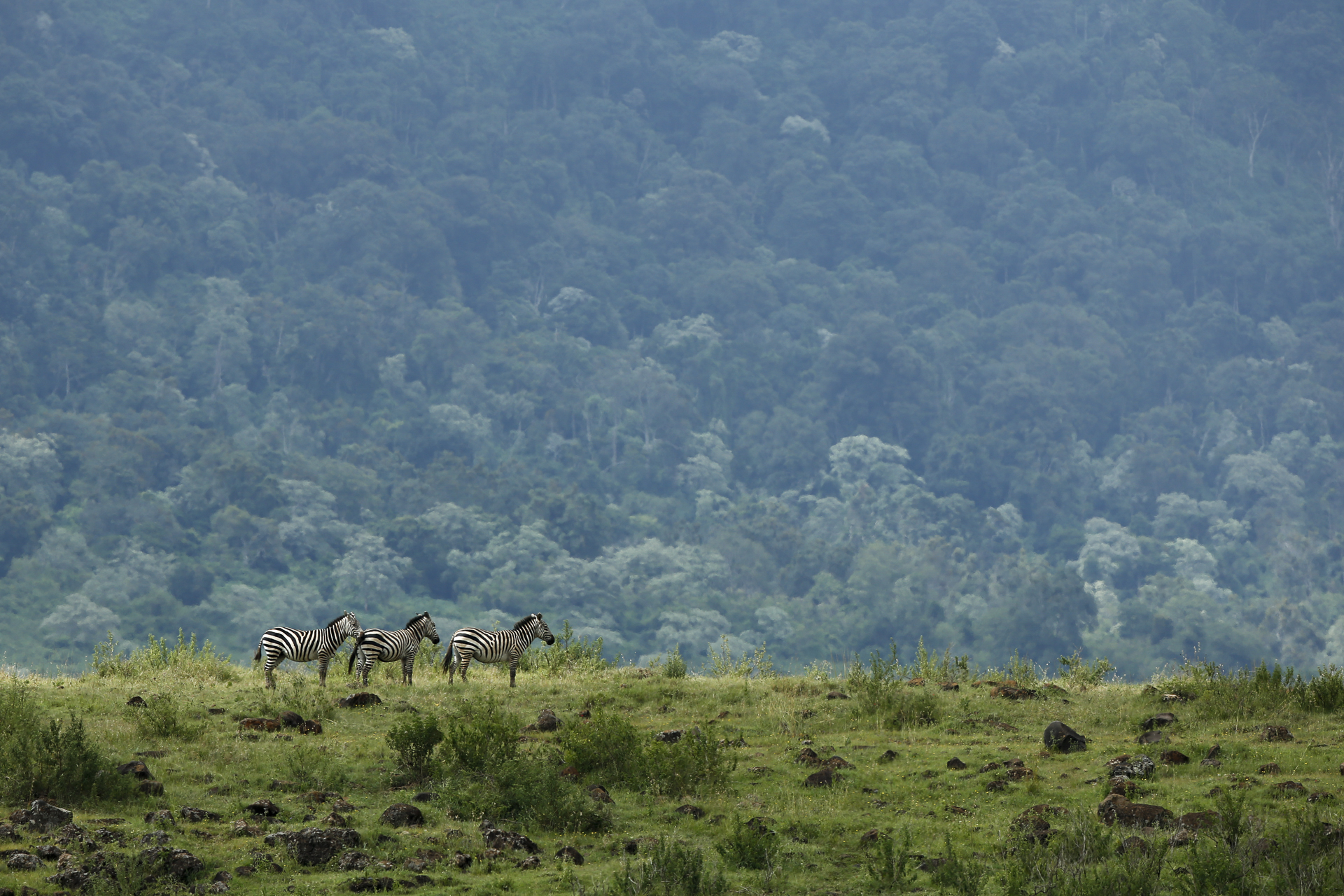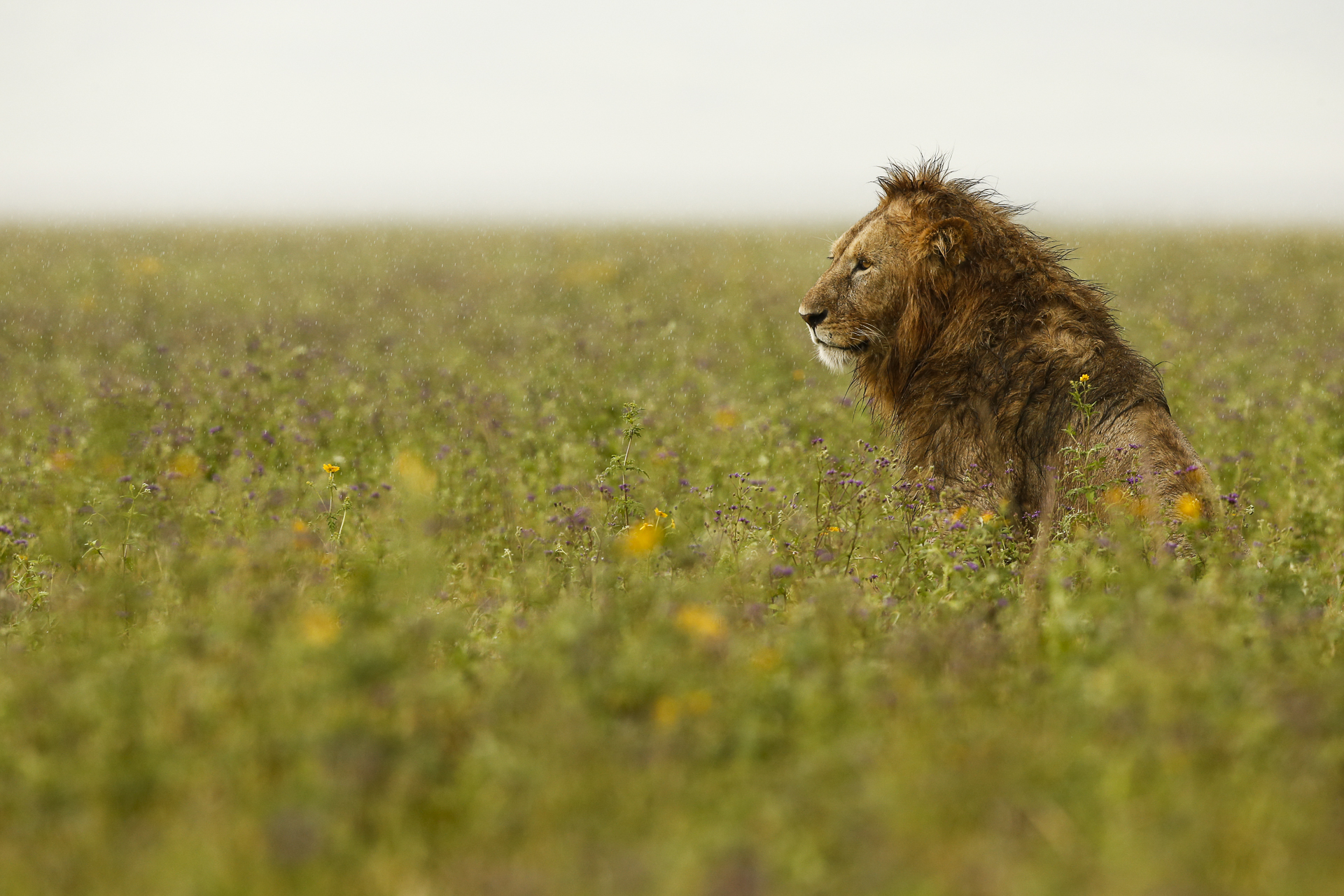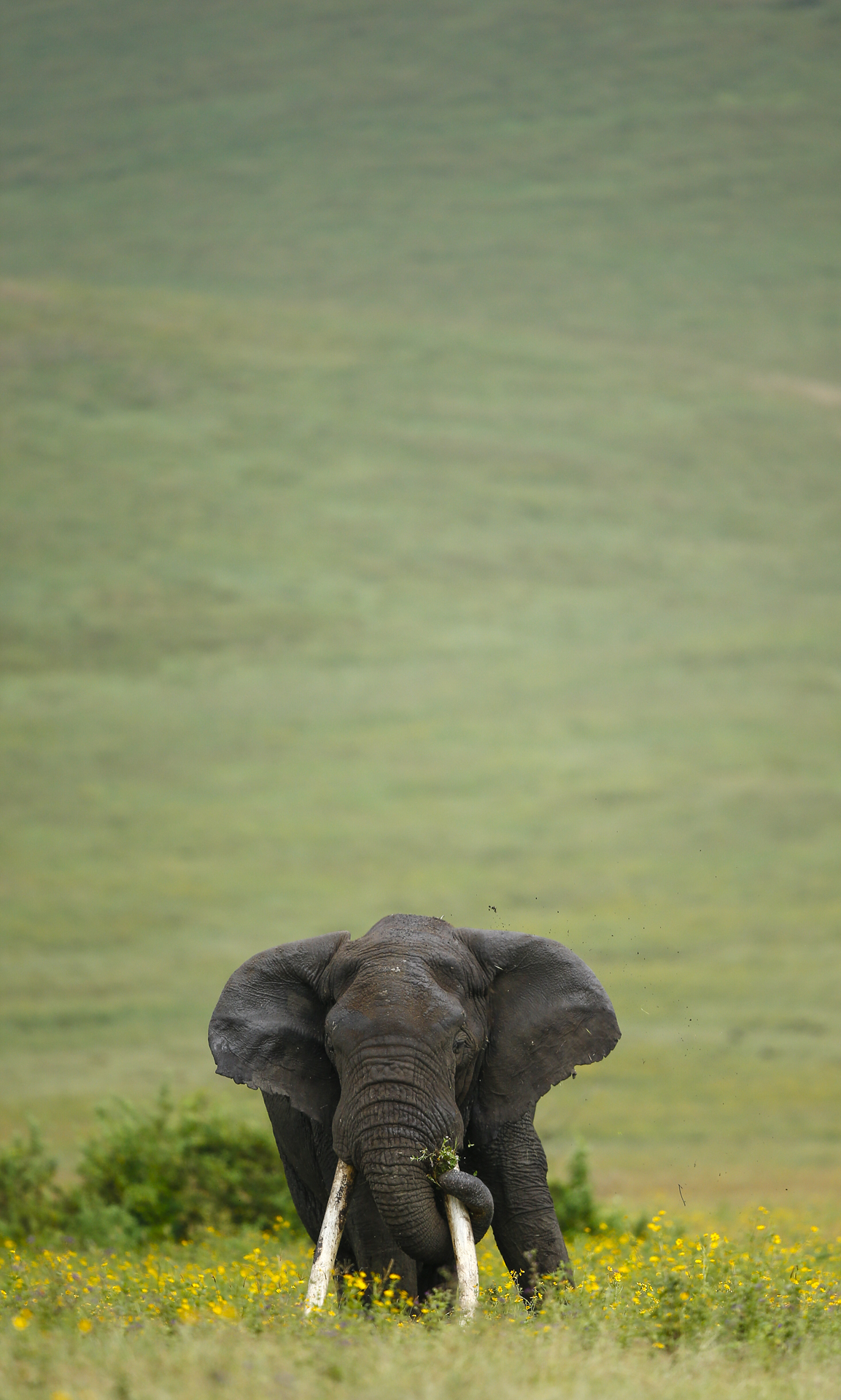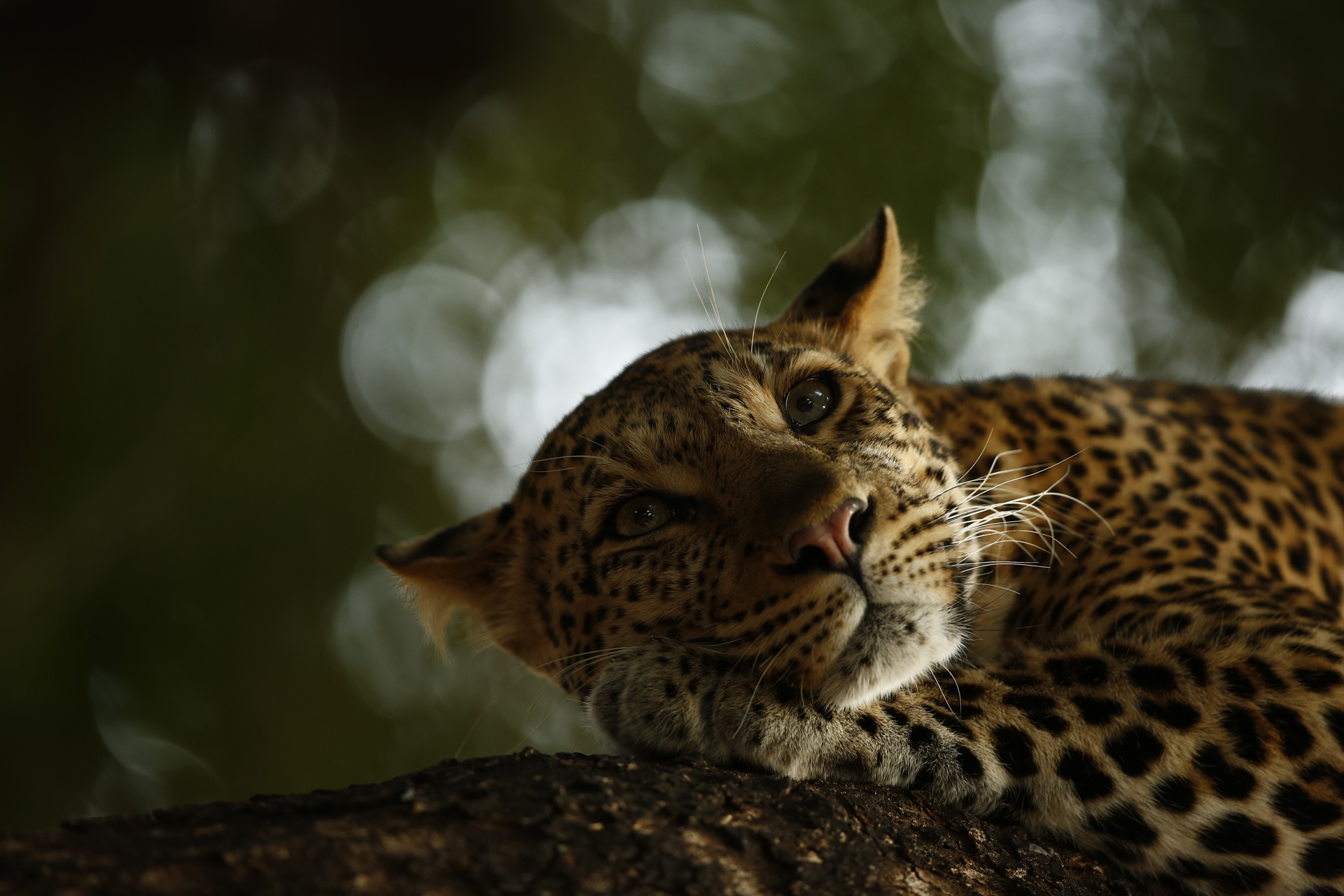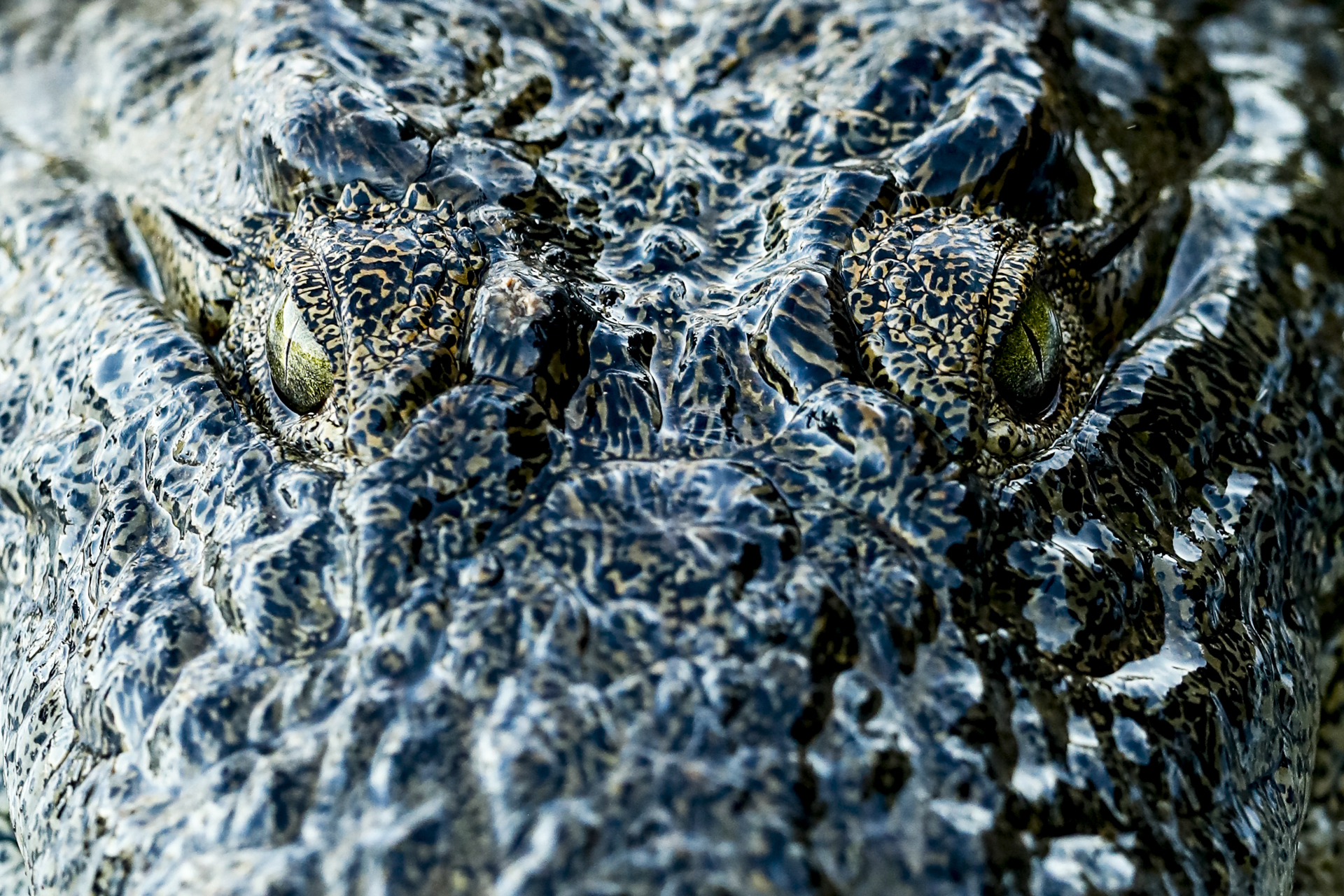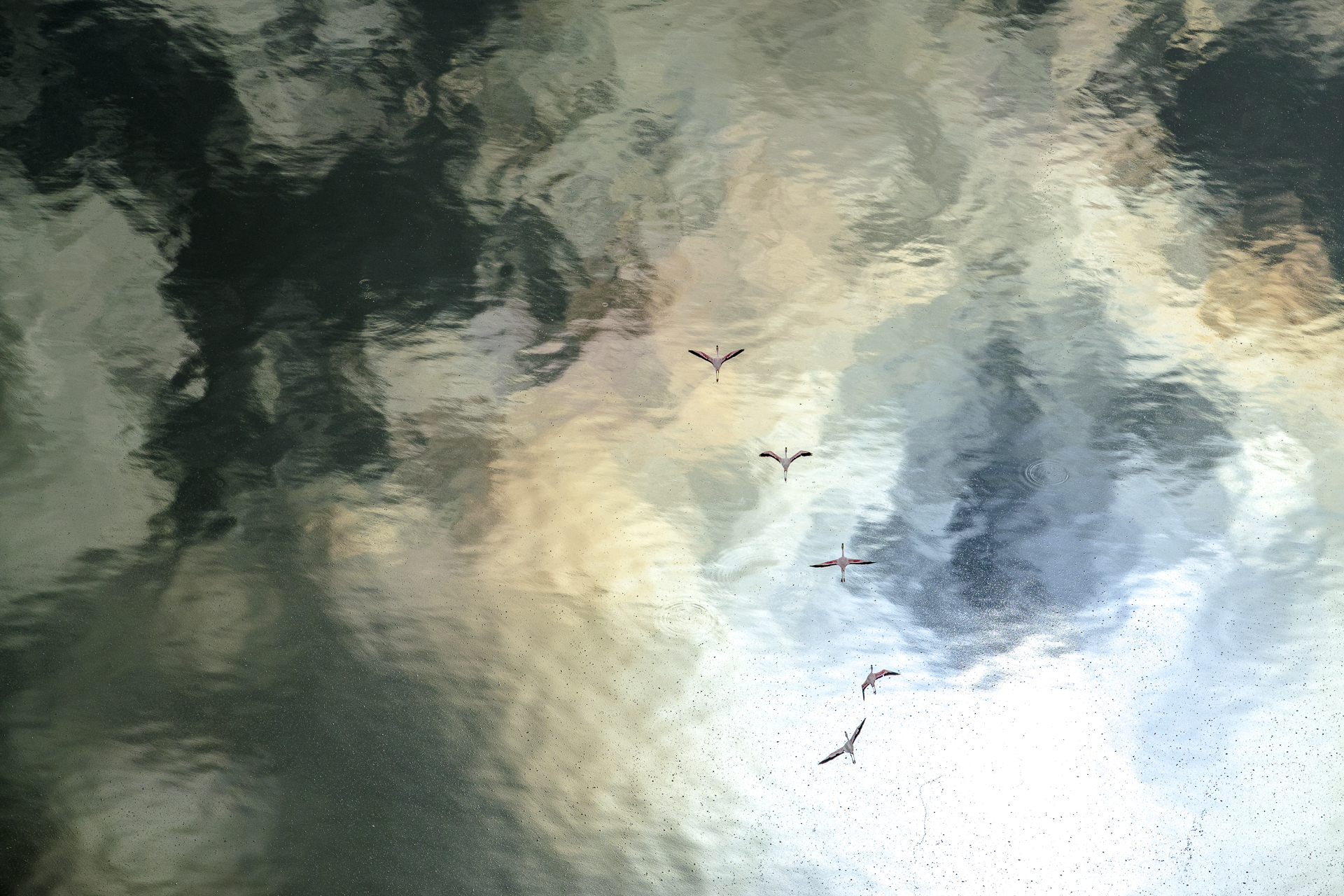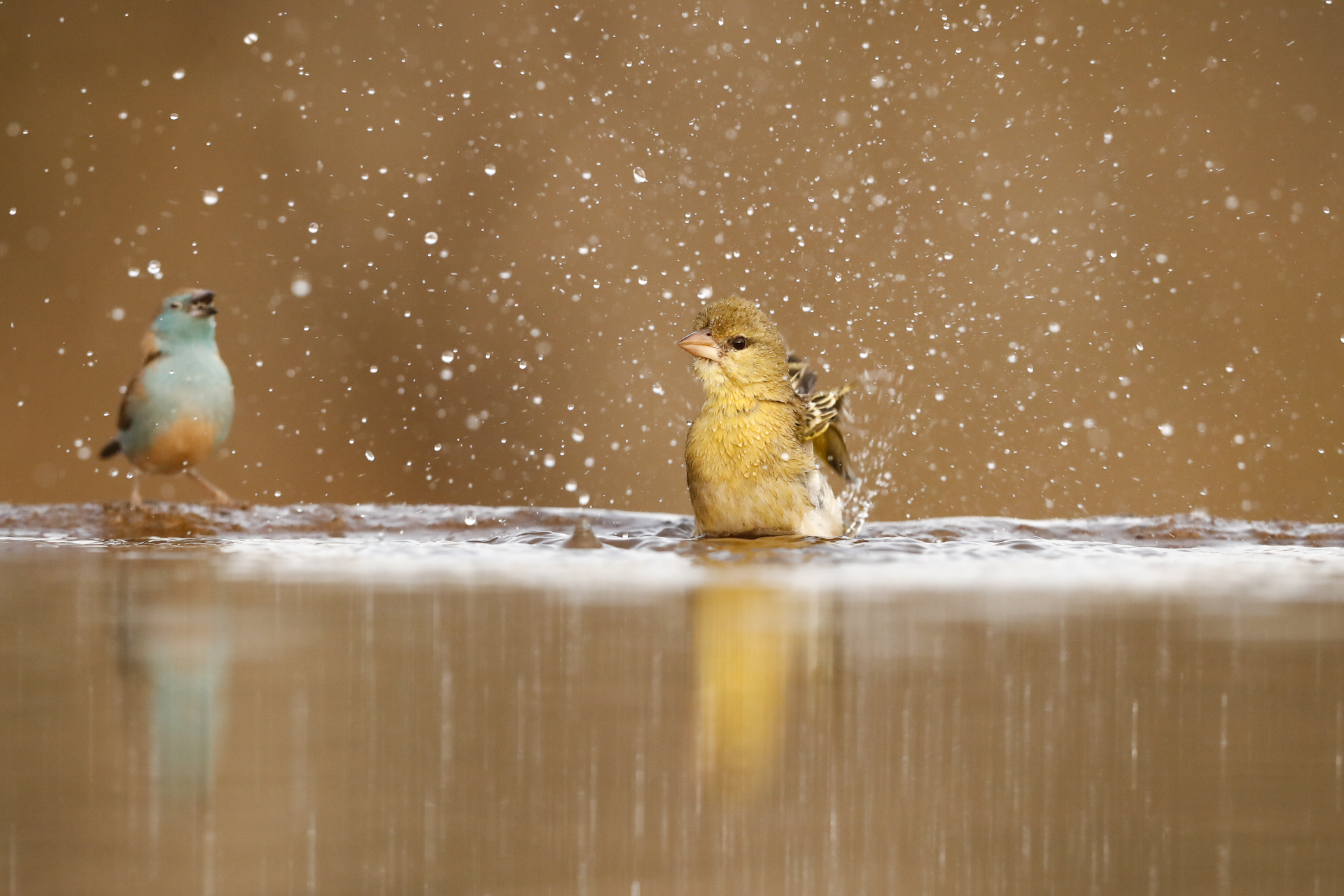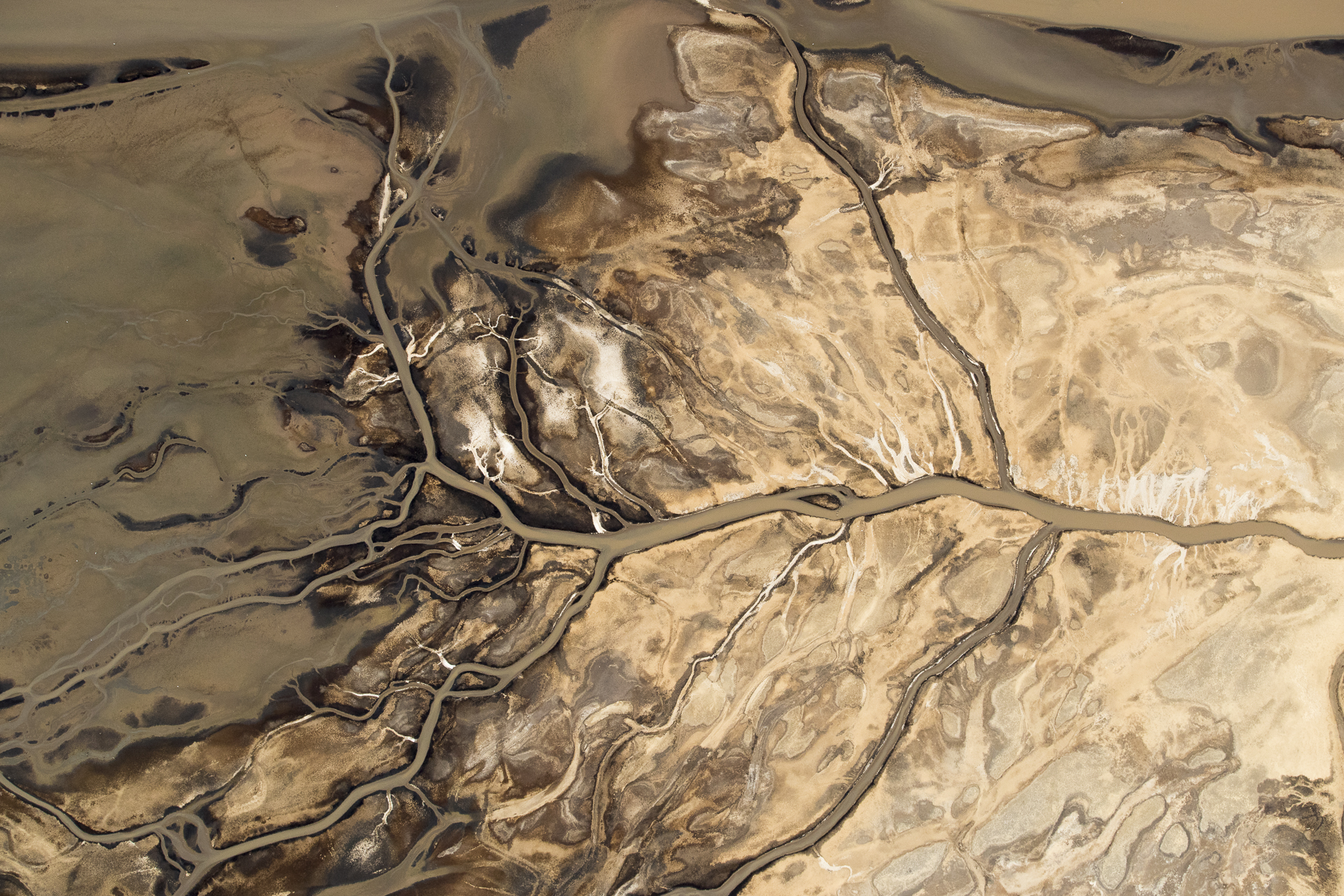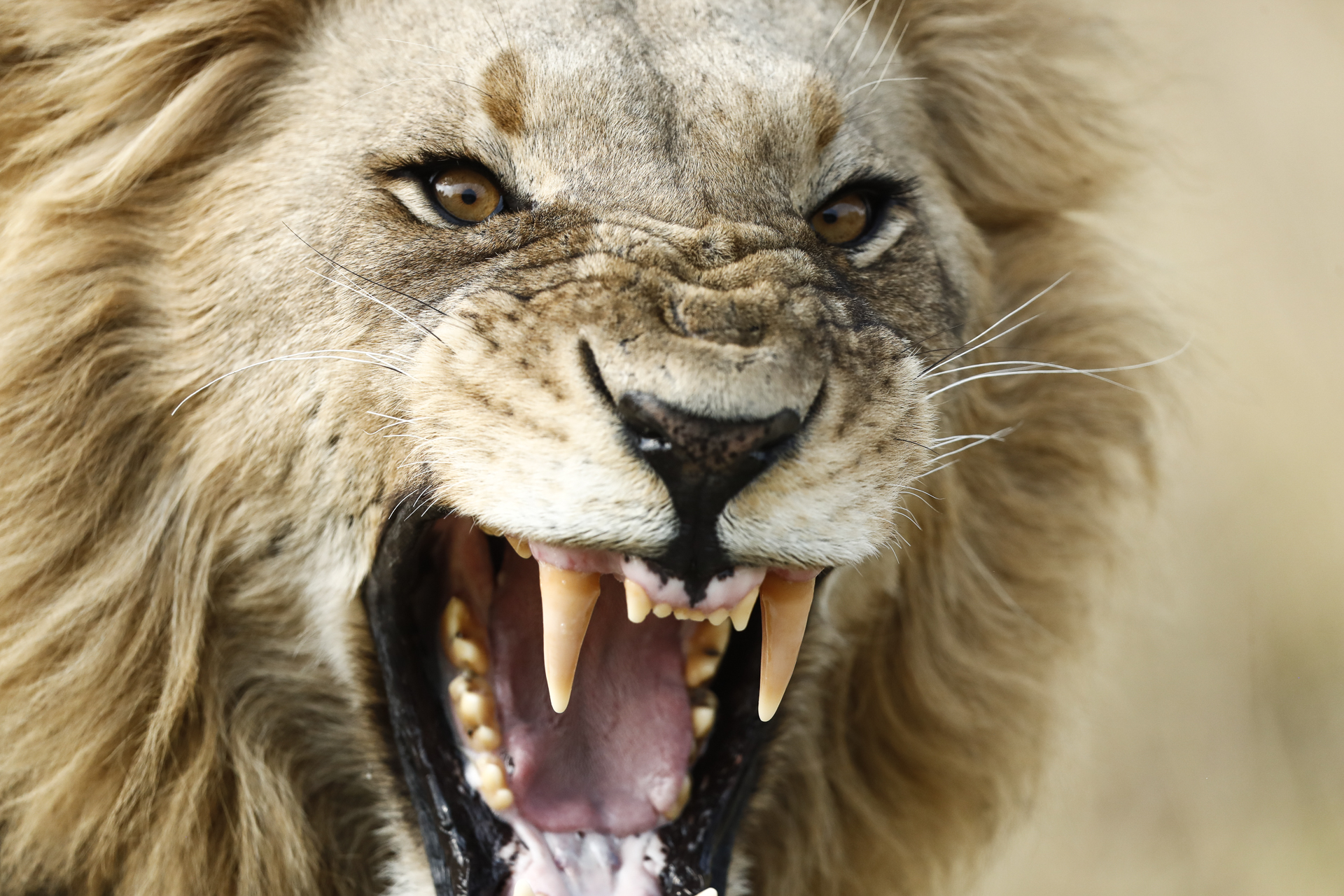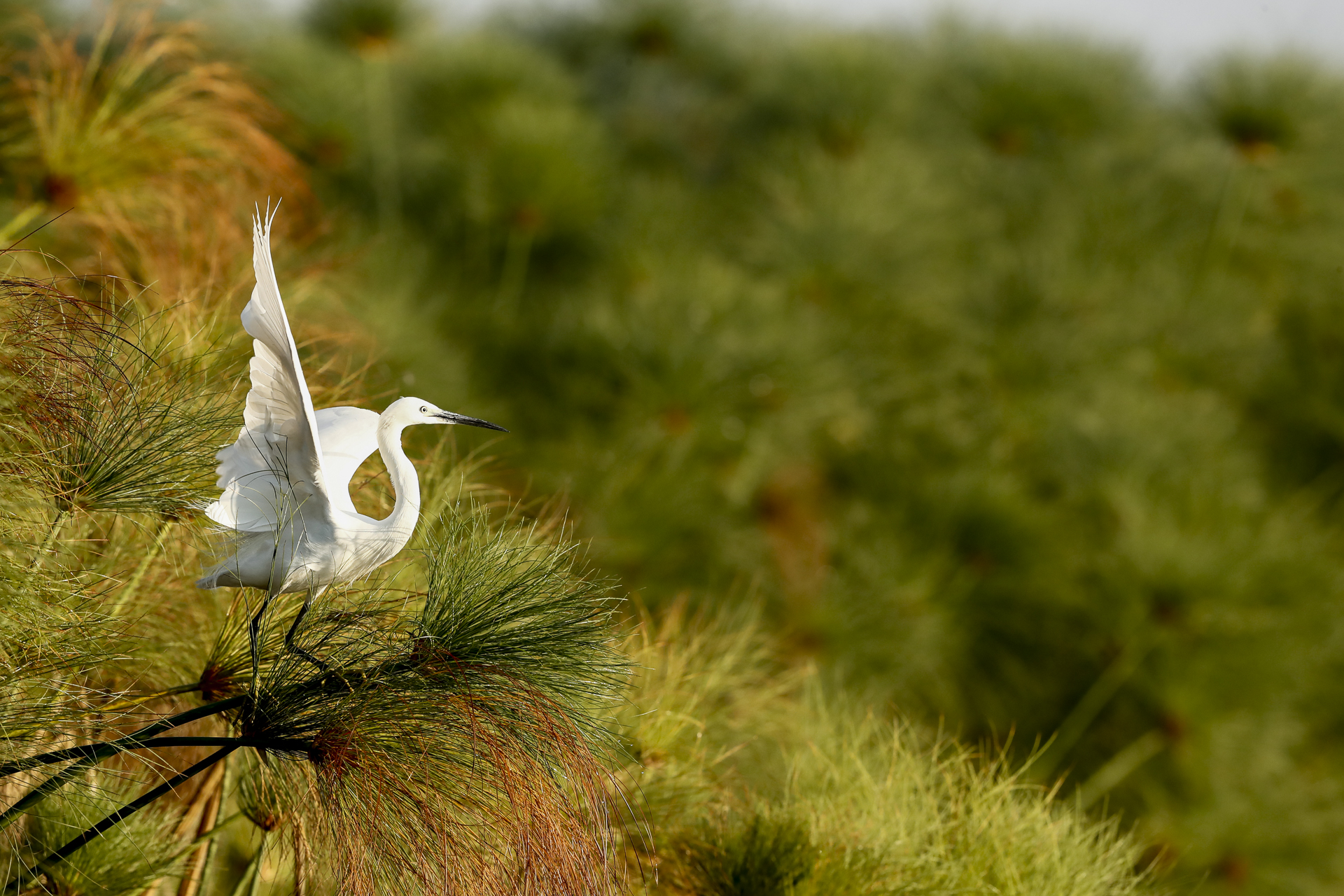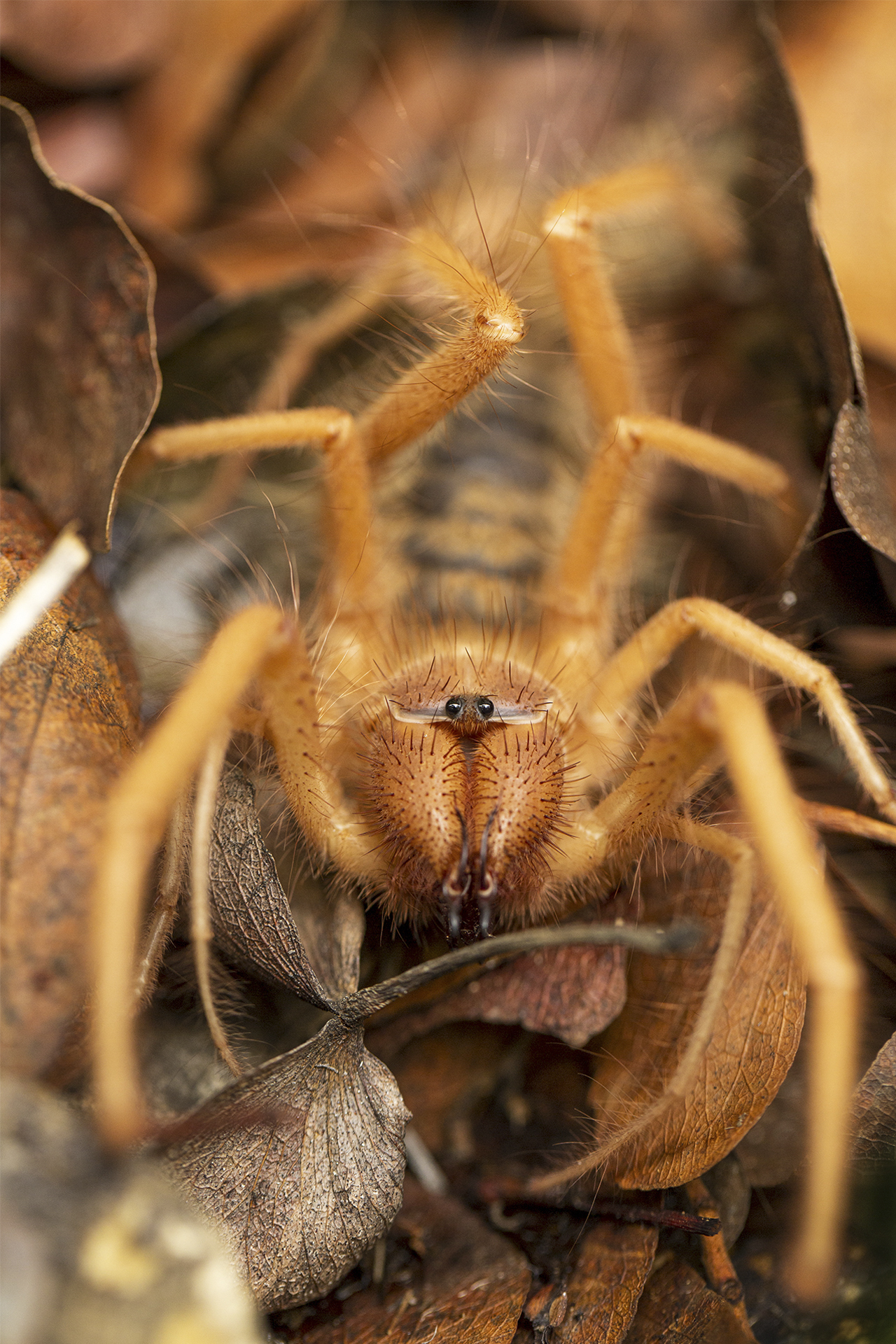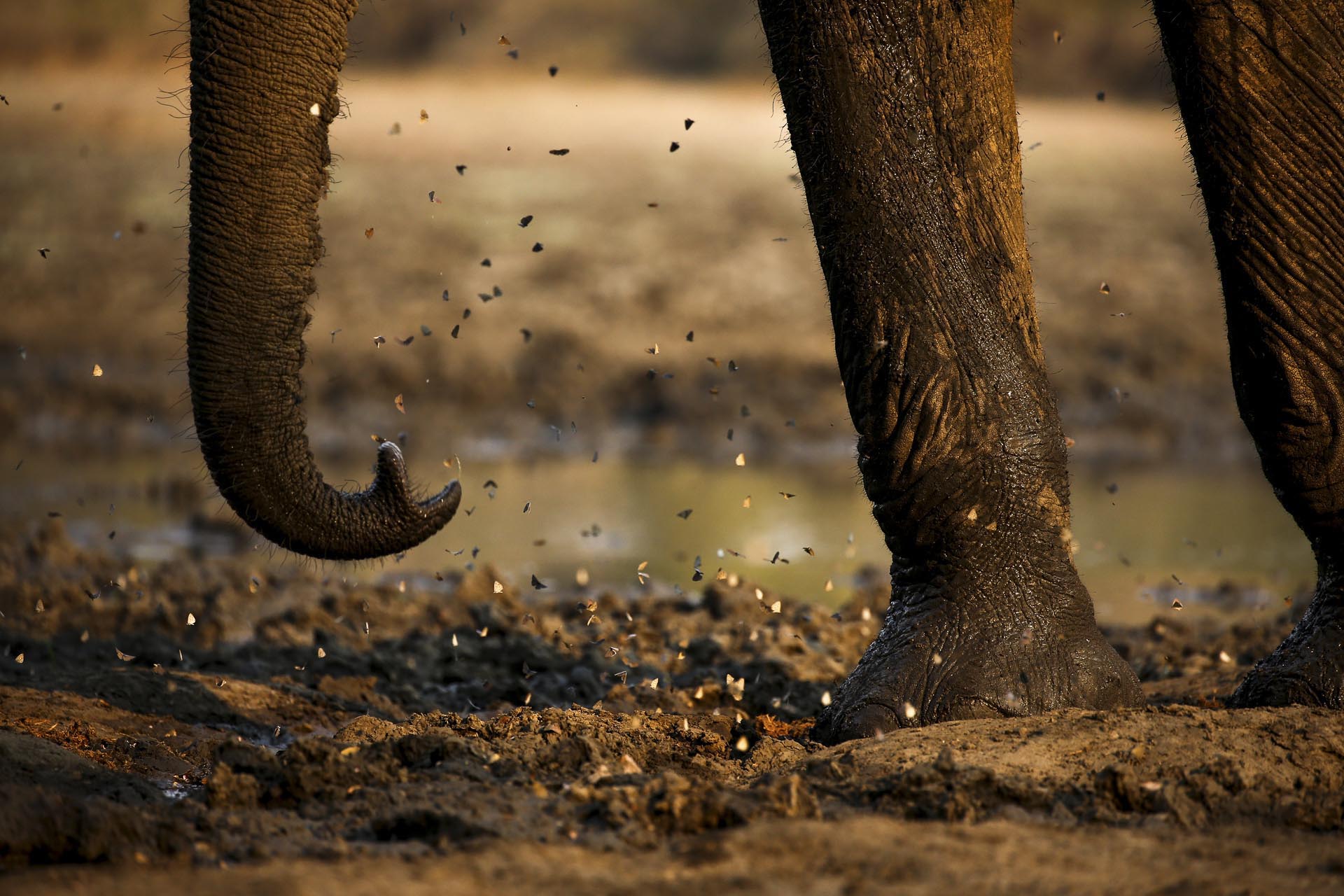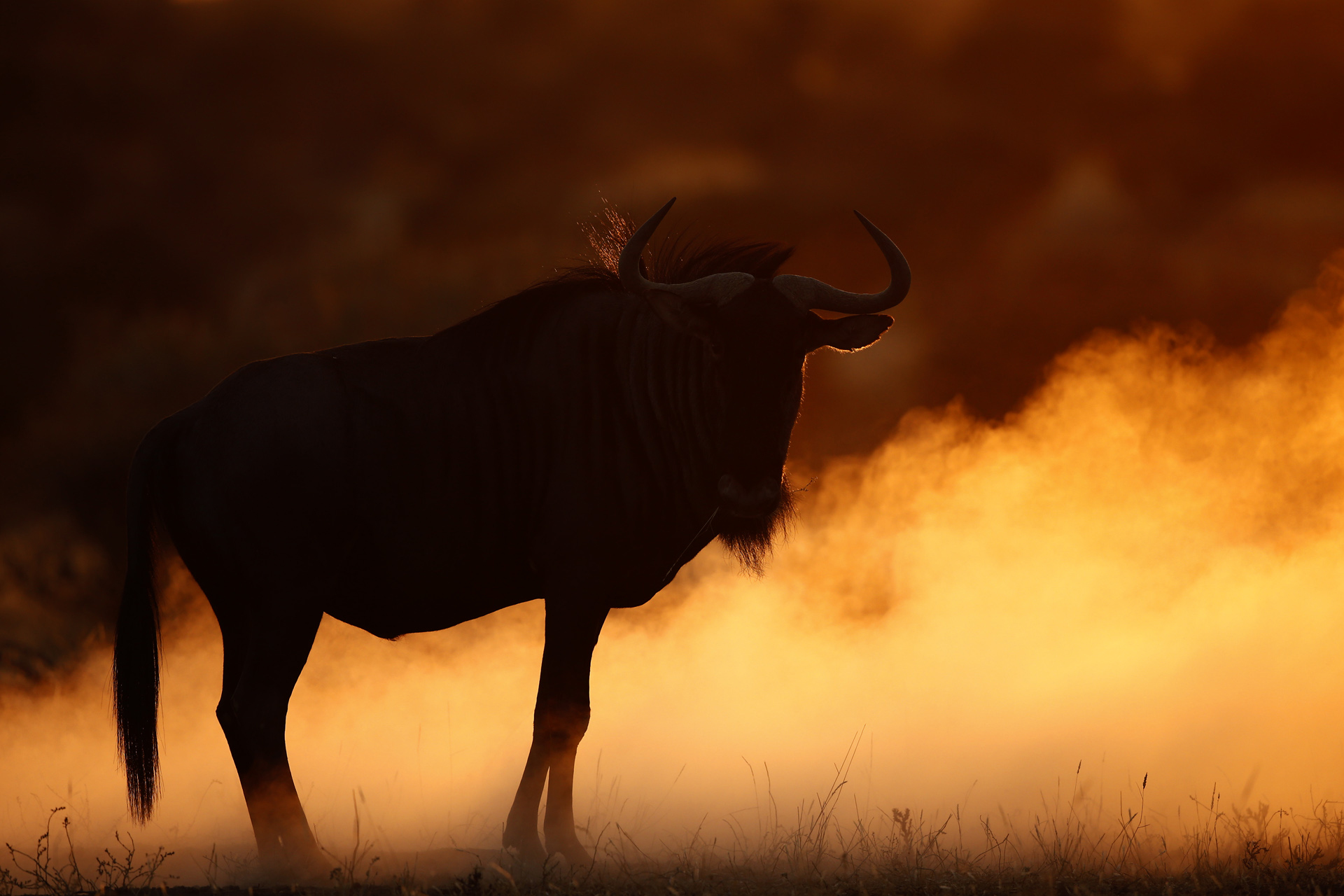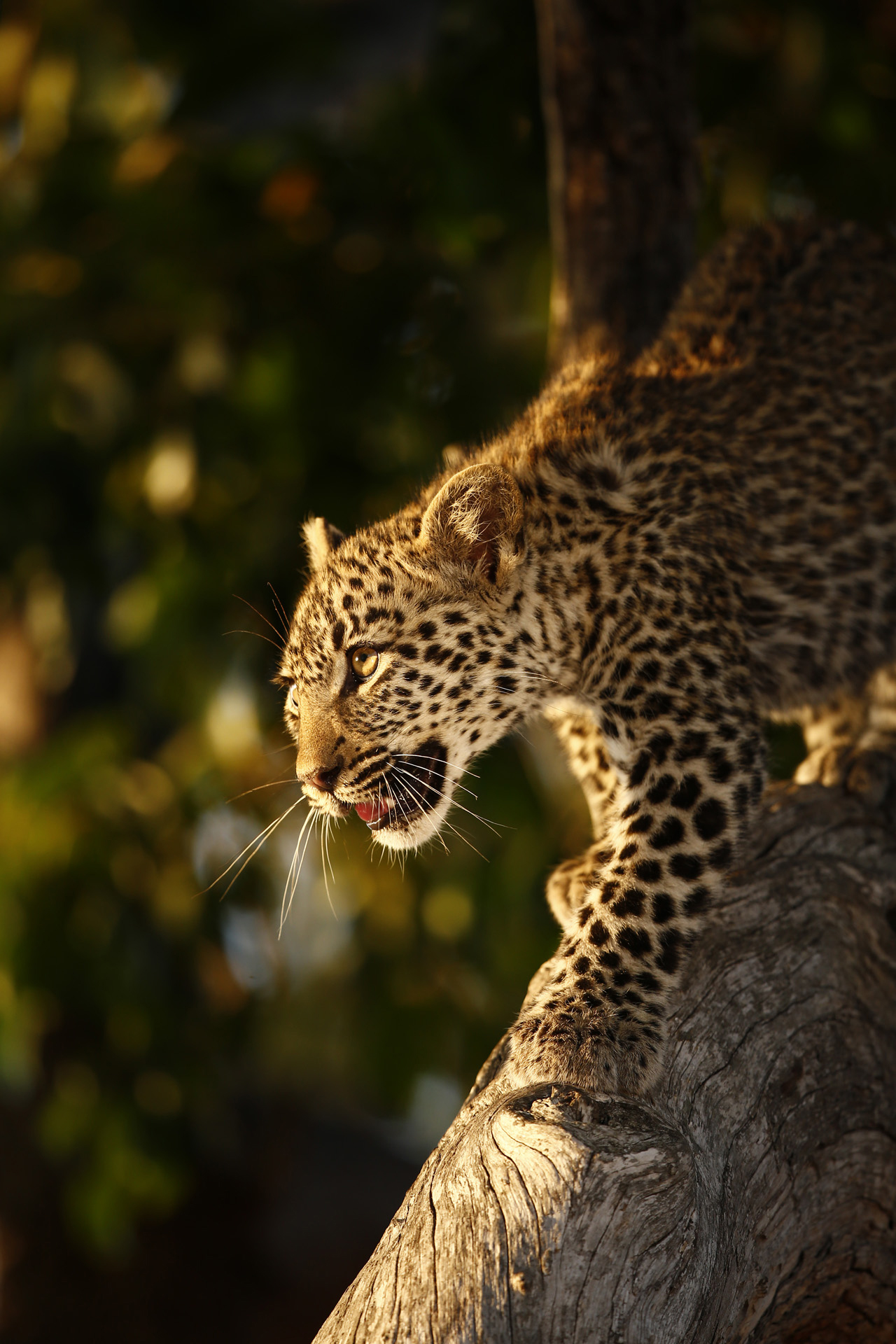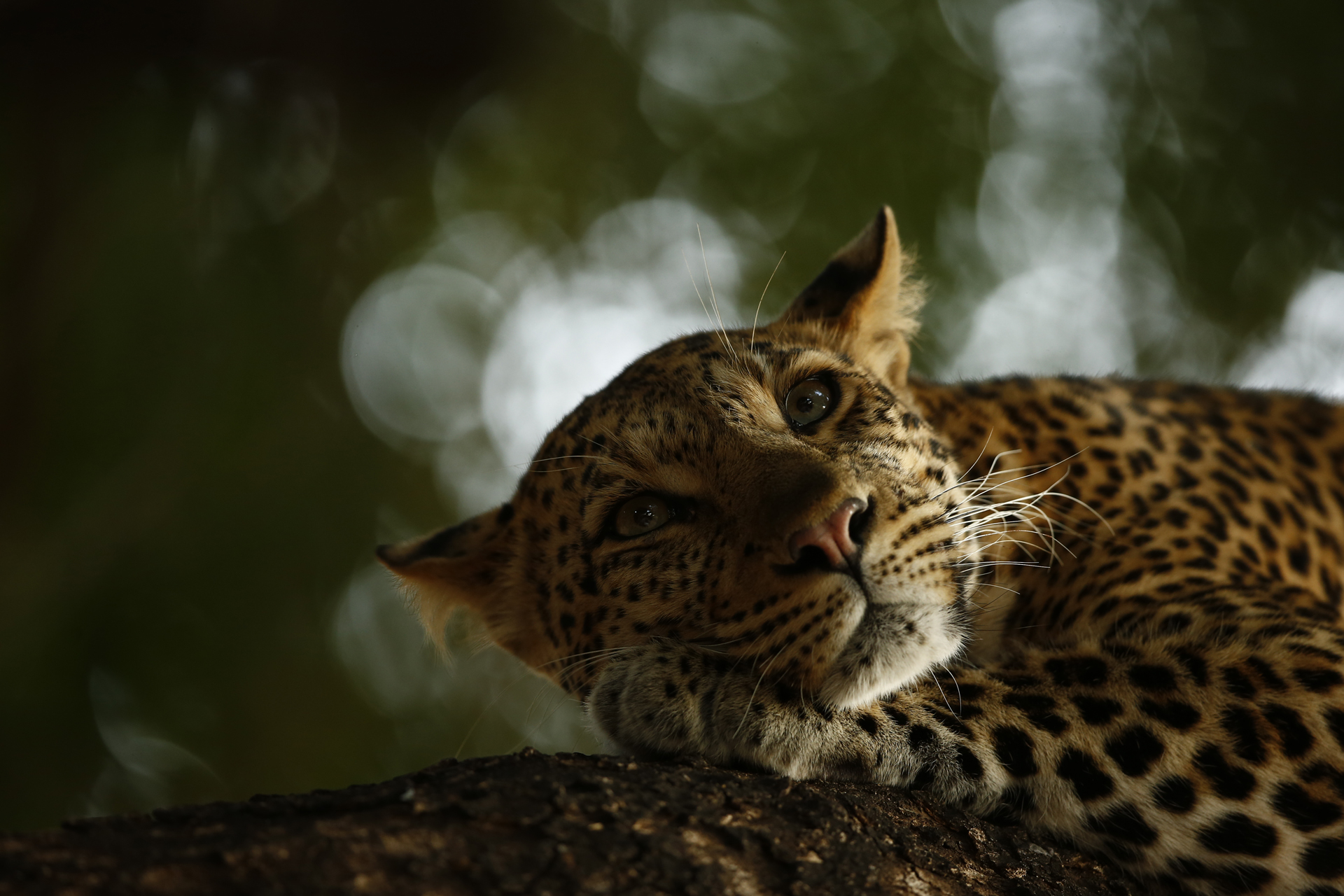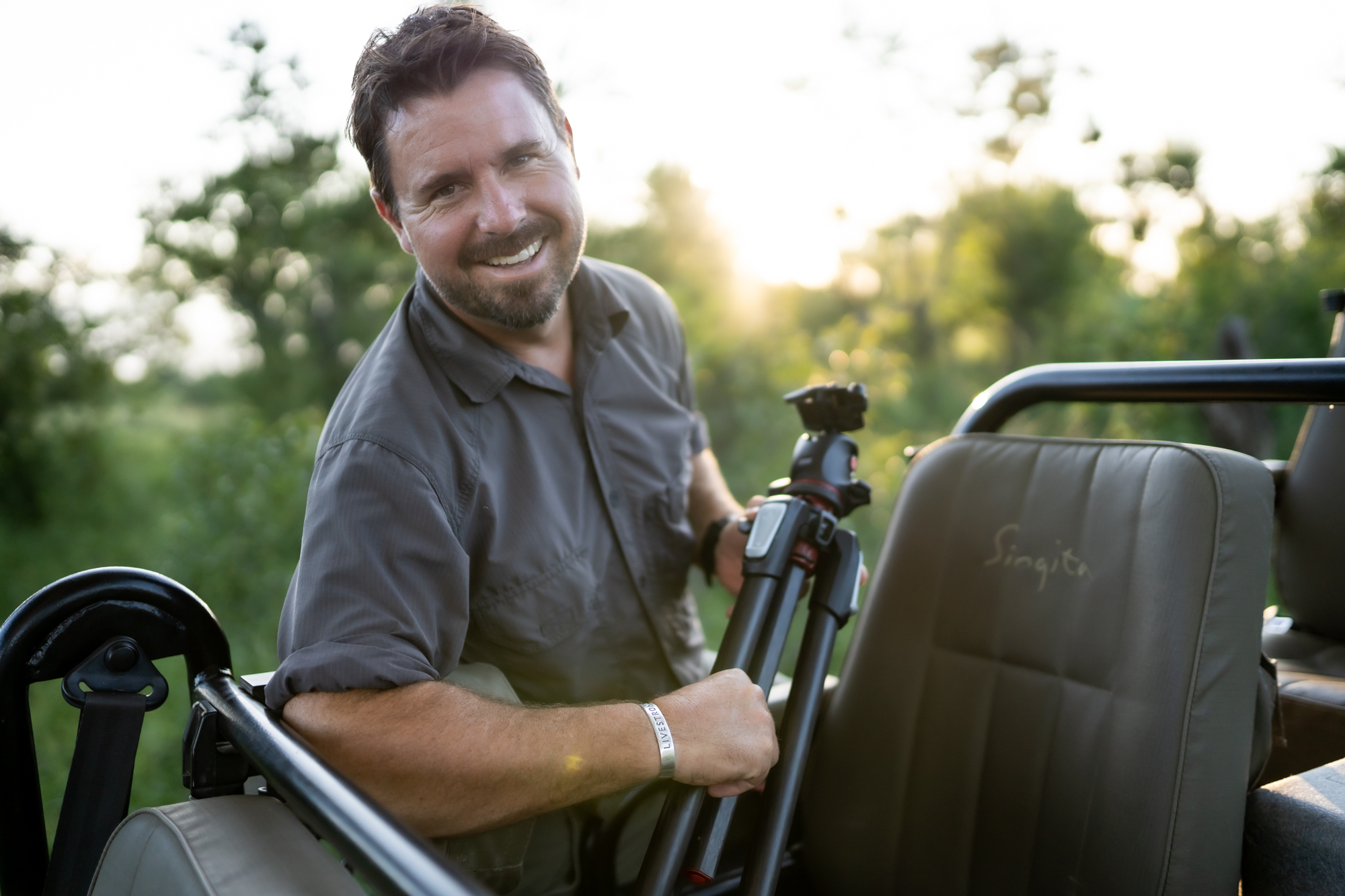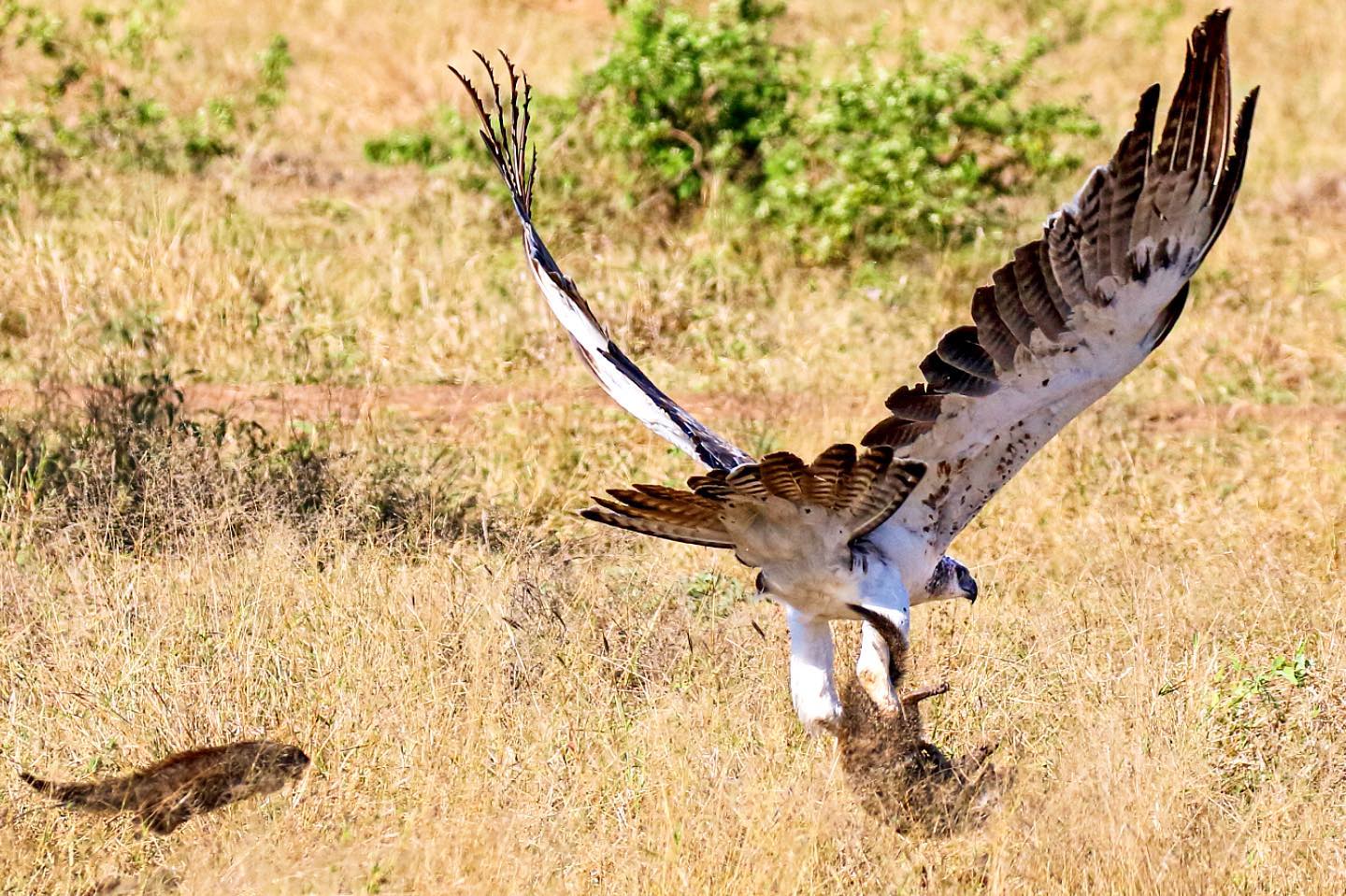Young South African photographer and nature conservationist Skye Meaker was awarded the prestigious Young Wildlife Photographer of the Year title in 2018 for his intimate capture of a leopard lovingly referred to as Limpy. Skye had grown up alongside this young female leopard throughout his many excursions with his family into local game reserves and national parks. After this international recognition, he was invited to be a keynote speaker at the World Economy Forum in both Davos, Switzerland, and his home country.
We connected with Skye to dig into his insights on how you use his top tips and tricks to capture wildlife images that stand out, and his thoughts on how wildlife photography can aid in promoting nature conservation.
You can find Skye’s latest breath-taking wildlife images on his Instagram and shop them as prints on his website.
Orms: Tell us about the birth of your passion for wildlife, photography and nature. When did you start shooting this type of imagery, and why?
Skye Meaker: My passion for wildlife and photography has always been there since before I could remember. I was very fortunate to have a family that loved wildlife and nature with both of my parents enjoying taking pictures as a hobby. Because of this, I have grown up with a very supportive background to pursue my passion for wildlife photography which came about through wanting to share what I had seen and experienced in the bush with my friends and family, which later changed to showcasing the natural beauty of nature to show what we should protect and why it needs protecting.
Orms: You won Young Wildlife Photographer of the Year 2018 and were a keynote speaker at WEF in 2019. Tell us about this part of your creative journey and how this unfolded.
Skye Meaker: Winning the Young Wildlife Photographer of the Year in 2018 had always been a dream of mine since I first started entering competitions back in 2014. I started entering the competition because the photographer that I admired, Greg Du Toit, had recommended that I should give it a shot and see what happens, little did he know what the future would hold.
Winning the award was just the beginning for me, it was like a whirlwind that I could never have prepared for. In quick succession, I was granted opportunities that I didn’t even know existed and among them was the chance to present my work and tell my story in a joint session with Dr Jane Goodall and the World Economic Forum on behalf of the Wildlife Photographer of the Year awards, all at the age of 18. To this day I have never been as nervous as presenting in front of one of the all-time greats of wildlife conservation and just getting the chance to share my love for wildlife and photography with the world was such a dream come true and something I don’t regret missing a week of school for in the slightest.
Orms: Please provide your top 5 tips for shooting wildlife imagery that stands out? What can our audience do to create images like yours?
Skye Meaker: The five things I like to do when I take a picture are:
- I like to focus on capturing the mood and trying to make an atmosphere in my photos. I do this by trying to take a picture with an angle or settings that may not be textbook perfect but feel right to me.
- I like to ignore a lot of standard rules in photography. This doesn’t mean I don’t use them. It’s just that, as an example, if you are meant to use the rule of thirds in a situation that it doesn’t fit then the photo just won’t work. It’s all about experience and knowing when and what to apply.
- I really enjoy shooting with a wide aperture as it blends the background a bit which makes the imperfections you are bound to find in photography in Africa a bit less striking. However, it still gives off that natural feel that I really enjoy.
- I like to be creative with my shutter speed. Slow shutter shots where I intentionally blur certain aspects of pictures is something I have really come to enjoy. I feel it gives so many more opportunities to take interesting photos when the scene isn’t exactly how you would’ve liked it.
- Lastly, as far as advice goes, I’d say just have fun with it and take pictures you would enjoy taking, whether that be zoomed-in portraits, epic action shots or just capturing the beautiful scenery that nature provides. Do what makes you happy because not everyone will love the same picture and I guarantee that if you want to improve that enjoyment is something that will translate to the pictures you take.
Orms: Do you believe that wildlife photography has the power to cause people to become more passionate about nature conservation? If so, how, and why?
Skye Meaker: Yes, I do. Not everyone is fortunate enough to grow up experiencing the bush as I have. Many won’t ever see a leopard in person for as long as they live. It’s because of this that I think wildlife photography is so important, it shows what most cannot see. Photography allows people to build a connection to nature even if they haven’t experienced it themselves and for many, it acts as the trigger to go into nature and experience it for themselves. For conservation, hearing something is always less impactful than seeing it yourself and this is what photographers are there for. Once people can see something and build a connection with that something then it’s only natural to care and that alone can lead someone to help in conservation efforts in their own small way.
Orms: What gear is essential for wildlife photography? What do you have in your kit bag?
Skye Meaker: Gear-wise, it’s always best to start with a camera if you want to take pictures… But in all seriousness, regardless of the gear you bring with you, I always would recommend a good microfiber cloth to clean your lenses, a flash and some sort of stabilization equipment. I really enjoy the cube-shaped bean bags to travel with because you can empty them and fill them to your desired amount and are compact. For the nitty-gritty, I always say that the lens is more important than the camera so I will have a wide-angle and a more zoomed-in lens wherever I go to give me the best shot of making the most of a sighting.
